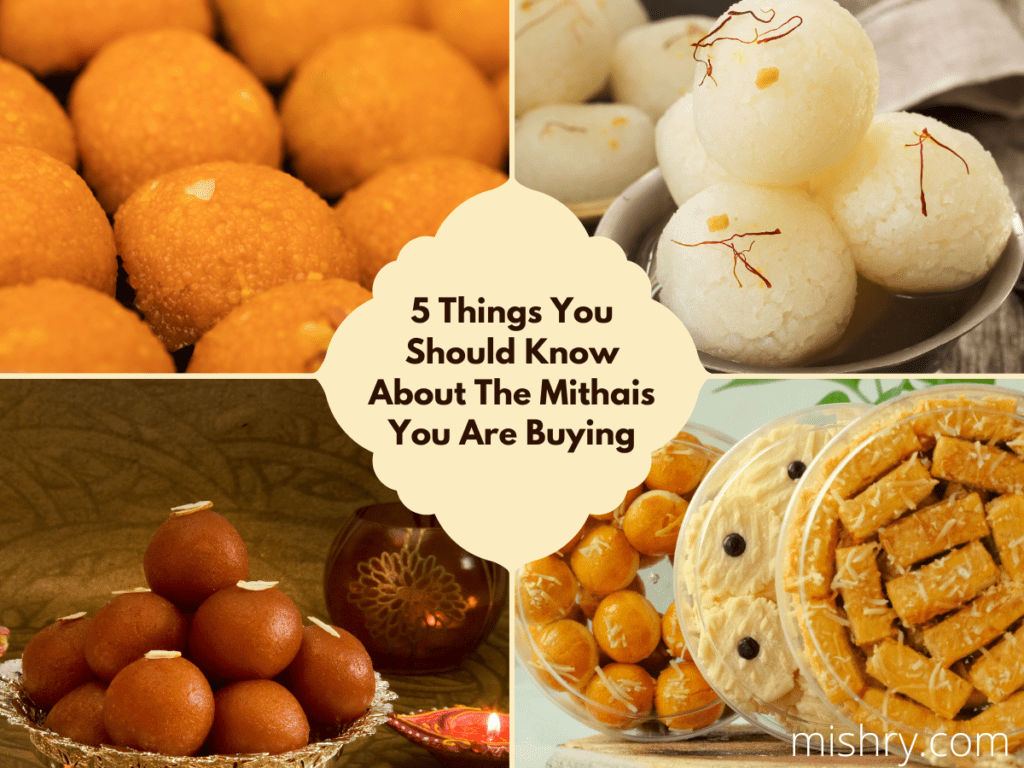With festivities around the corner and gleaming lights everywhere, sweets become an inseparable part of the celebration. It is that time of the year where every house will be flooded with oodles of sweets of every kind.
But have you ever wondered what goes in the making of these mithais? There are mithais that claim to be sugar-free but in reality are they actually free from sugar? What about the quality of fat? With the increasing demand during the festive season, how are sweet shops able to manage with the rising growth.
In this article, we have listed the 5 things you should know before buying your favorite sweet this festive season.
Table of Contents
List Of Things You Should Know About The Mithais You Are Buying
1. Ask About The Sweetener Used
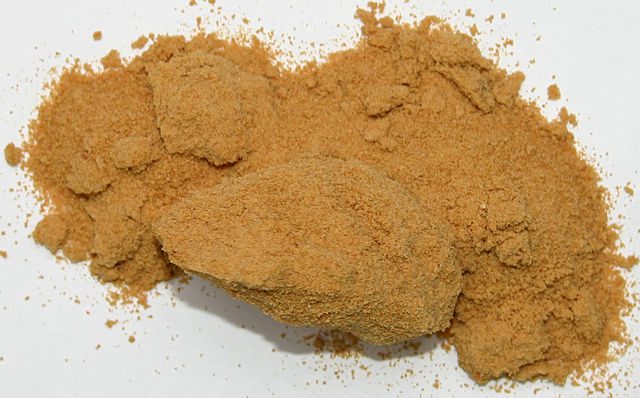
Jaggery, unrefined sugar, dates and honey are some of the better sources of sugar used to make mithais and desserts these days. But with the festive season coming up, more and more commercially available mithais from your local mithai walas are packed with cheap sources of refined sugar like liquid glucose, invert syrup, and corn syrup. This is done to increase the shelf life, cut costs and enhance the flavor.
So what is liquid glucose? It is refined sugar in the form of syrup, relatively cheaper and used widely to sweeten mithais. While purchasing sweets, make sure to ask about the sources of sugar used.
2. Real or Not? Colors and Essence
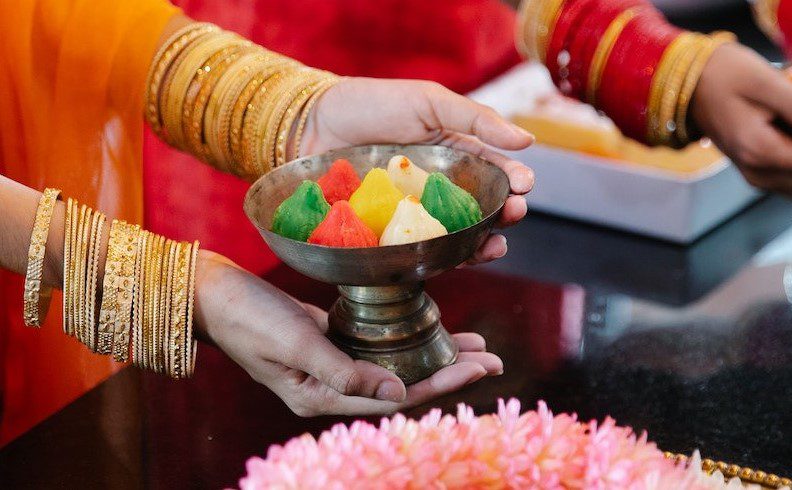
Have you ever wondered why jalebis have that vibrant orange color or why your laddos look like the blazing sun? Most commonly sweets are glazed with attractive colors to make it look more appealing. However, you need to beware of the fact that most of them use synthetic food color that does more harm than good. FSSAI has clearly stated that no coloring will be added to food unless it is permitted as per the regulations.
Moreover, many sweets are flavored using different essences like rose and kewra. But are these actually real? These artificial essences might lift the taste but in reality are not good for your gut health.
3. Are These Labeled Correctly? The Case Of Sugar-Free Mithais
The craze and demand for sugar-free mithais is ever increasing. But if not sugar, what are these mithais then sweetened with? These mithais are popularly labeled as diabetic-friendly, sugarless and zero added sugar.
Contrary to what many may believe, these aren’t completely sugar free. Artificial sweeteners or low-calorie sweeteners are the primary source of sugar for sweetening these mithais. Aspartame, sucralose and saccharin are some of the most common artificial sweeteners used in sugar-free sweets.
Mithais labeled ‘sugar-free’ are typically sweetened using artificial, low-calorie sweeteners. This attractive alternative to refined sugar adds a sweet flavor, but not the calories.
Zero-calorie/low-calorie sweeteners offer a higher intensity of the sweet taste with zero to marginal calories (>4 Kcal). Such sweeteners are used in miniscule quantities as they are 150-180 sweeter than table sugar.
4. The Silver Lining – Varq
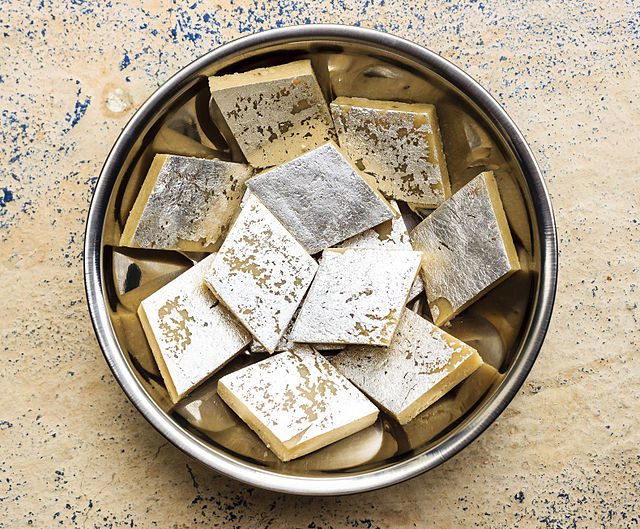
Varq is a common ingredient seen at the top of many sweets to enhance its visual appeal. It automatically uplifts a regular mithai and makes it look premium. But are you aware regarding what this varq is actually made of?
Many years back it came to highlight that varq was actually made using animal intestines. After slaughtering a bull, its intestines are removed immediately and sold to the manufacturers of foils. But in the same year, the Food Safety and Standards Authority of India (FSSAI), had passed an order ensuring that the food-grade silver leaf used on sweets should not be made using any material of animal origin. It was in the year 2016 that FSSAI passed this regulation.
In addition, it states that the silver content should have a uniform thickness free from creases and folds. The weight of the silver foil should be up to 2.8g/sq m, and silver content should be of minimum 999/1,000 fineness.
Apart from that, many sweet shops do make use of thin, beaten aluminum foil since it costs less.
5. Quality Of Fat
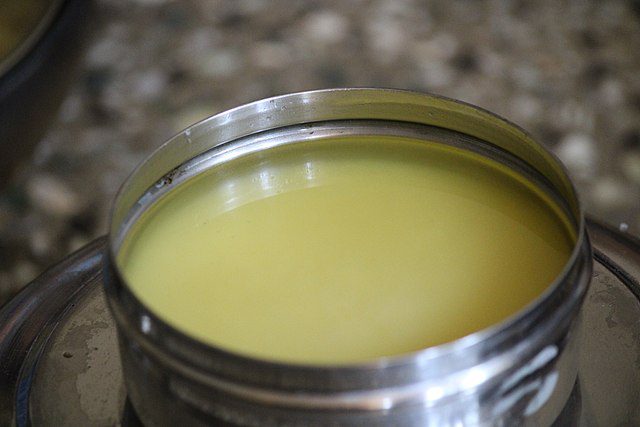
The quality of fat that goes in the making of any sweet holds prime importance in delivering the right taste. A traditional sweet gets its rich taste and enticing aroma if it is made in pure ghee.
Since pure ghee is expensive, many sweet shops tend to replace it with unhealthy fats such as refined oil, vanaspati, and palmolein oil.
Conclusion
We know that celebrations are incomplete without sweets. But in the midst of all the celebration, always be aware of what your mithais are actually made of. It is always a good idea to have a run through the ingredients or ask the sweet shop owner regarding what is actually used in the preparation of their mithais.
After all, it’s Diwali time, and the addition of sweets made using the right ingredients is the truest way to celebrate this festival of lights.

